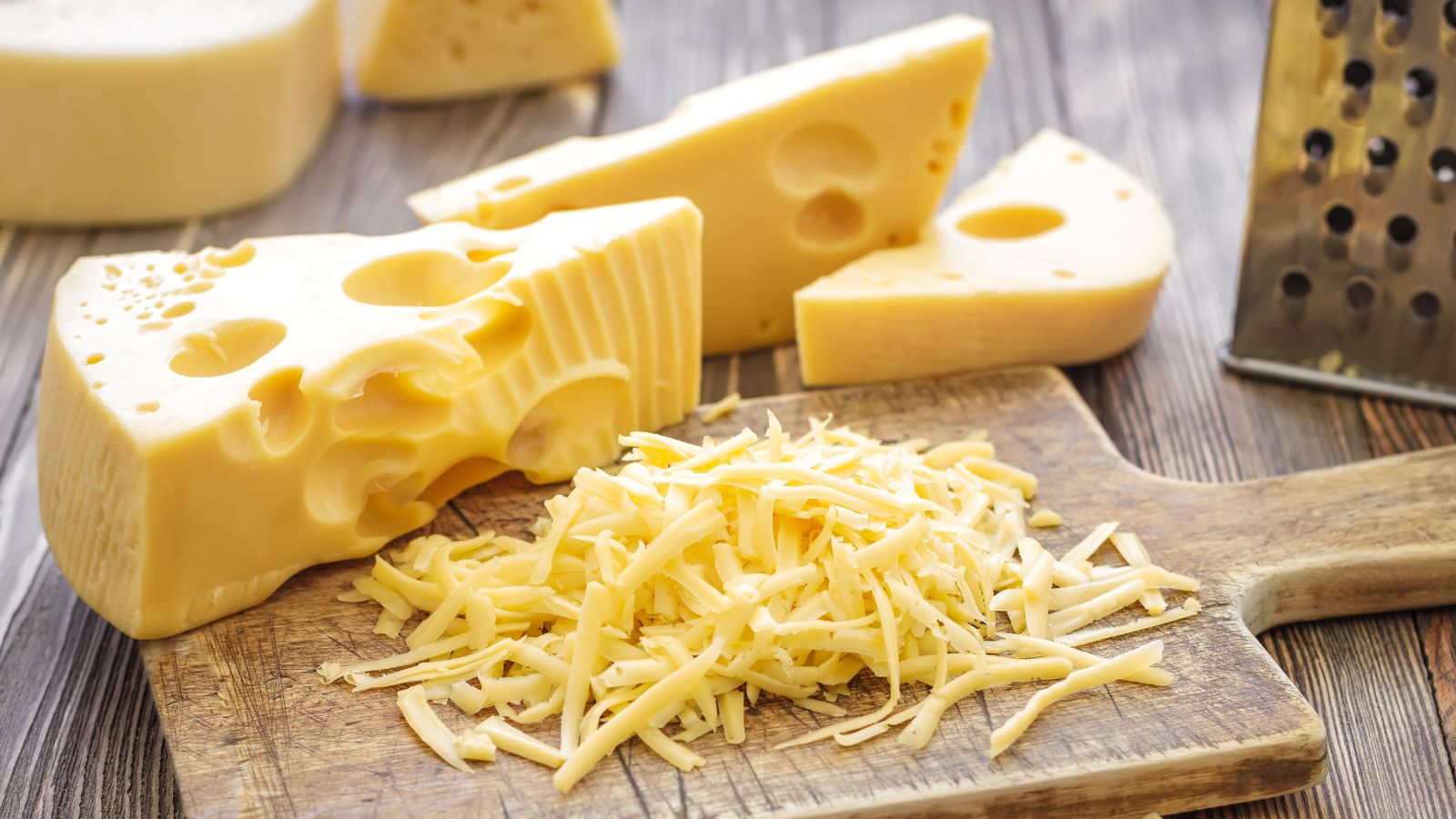Just like animals, including sheep, wolves, and lions, are mentioned in the Bible for multiple reasons, certain foods we still eat today are also featured in it. Here are 18 of the foods mentioned in the Bible and how significant they are today.
Bread
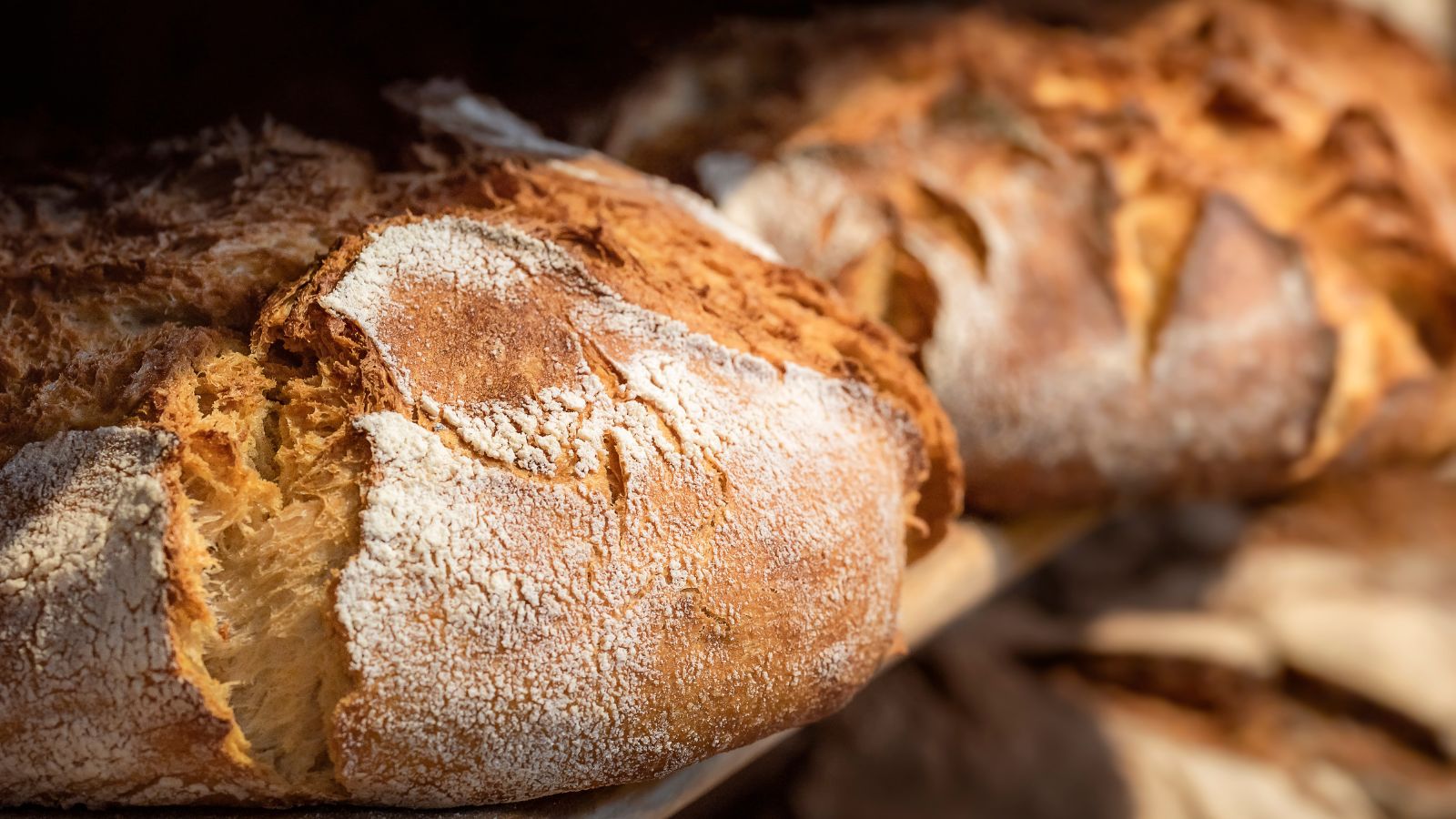
People from Biblical times ate bread made from wheat or barley as a staple food, just like we do today. The Bible, as we see in John 6:35, often uses ‘bread’ metaphorically to symbolize spiritual sustenance through the body of Christ, showing its importance in the Middle Eastern diet.
Cheese
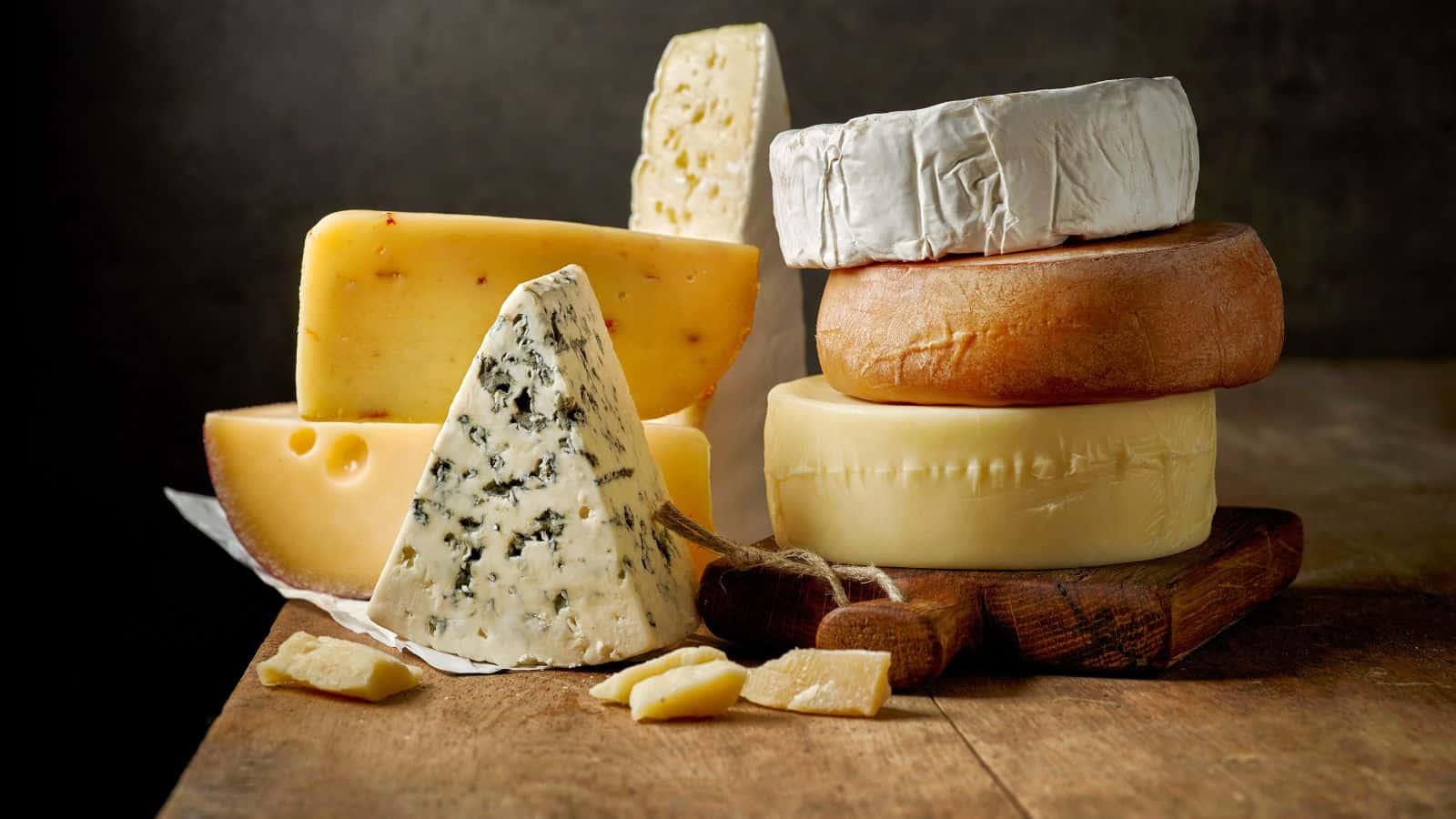
Bible Study Tools says that cheese was only mentioned three times in the Bible, the first (and most significant) of which was in 1 Samuel 17:18, where David’s father instructed him to take ten pieces for his brothers. This predated the cheddar, mozzarella, and feta variations that we popularly eat today.
Olive
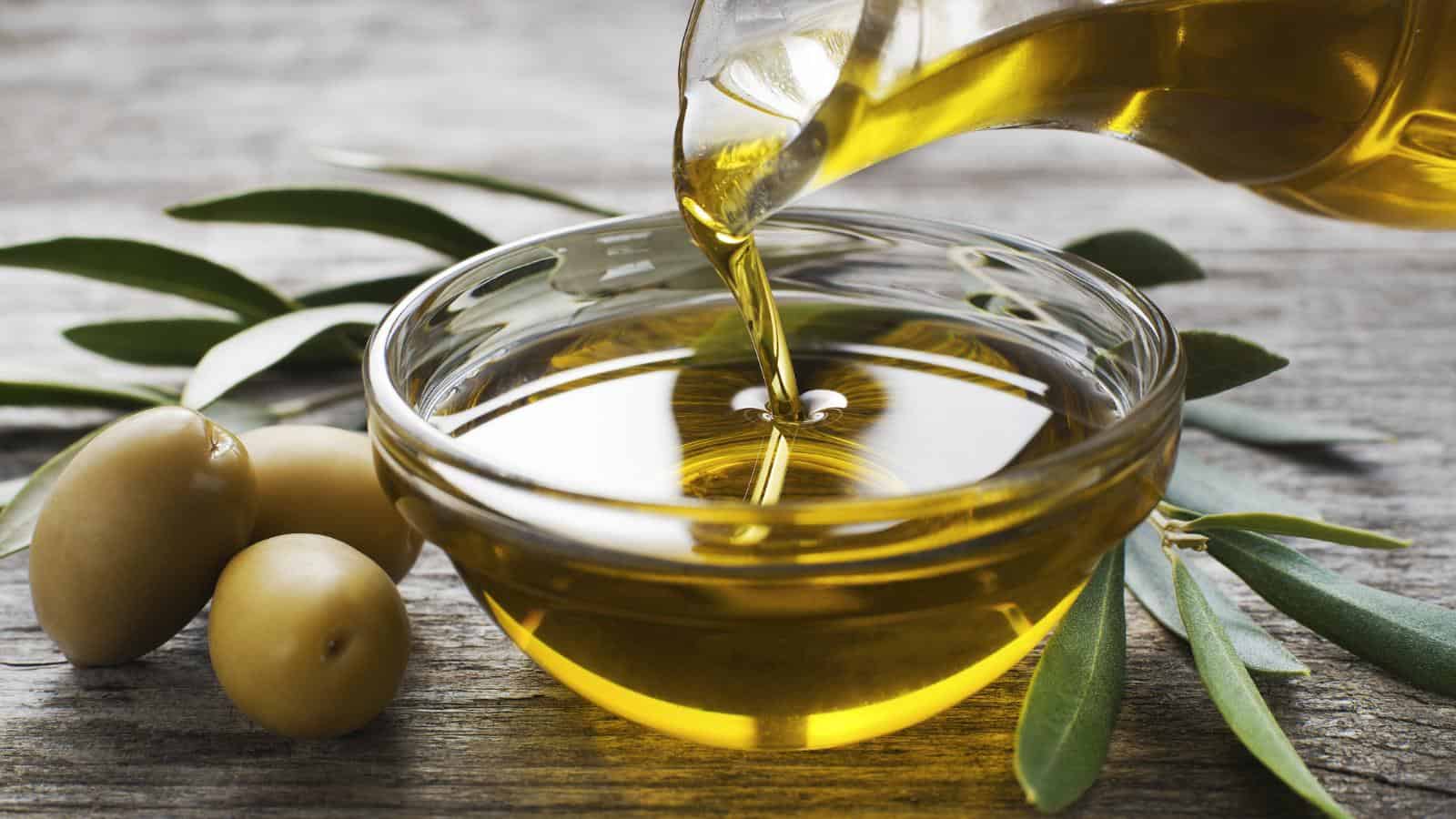
Olives were primary sources of oil for people in the Bible, and they used it (olive oil) for both cooking and anointing purposes. Today, we’ve learned that they come with healthy fats, antioxidants, and anti-inflammatory compounds, and we also use them in our salads and as toppings for various dishes.
Figs

Sweet fruits rich in fiber and vitamins, figs, as seen in Jeremiah 24:3, were also a common feature in Biblical diets. They were first cultivated 11,000 years ago by people from ancient Jericho, so it isn’t surprising to see them in the Bible. Today, we either eat figs fresh, dried, or as flavored toppings in desserts.
Grapes
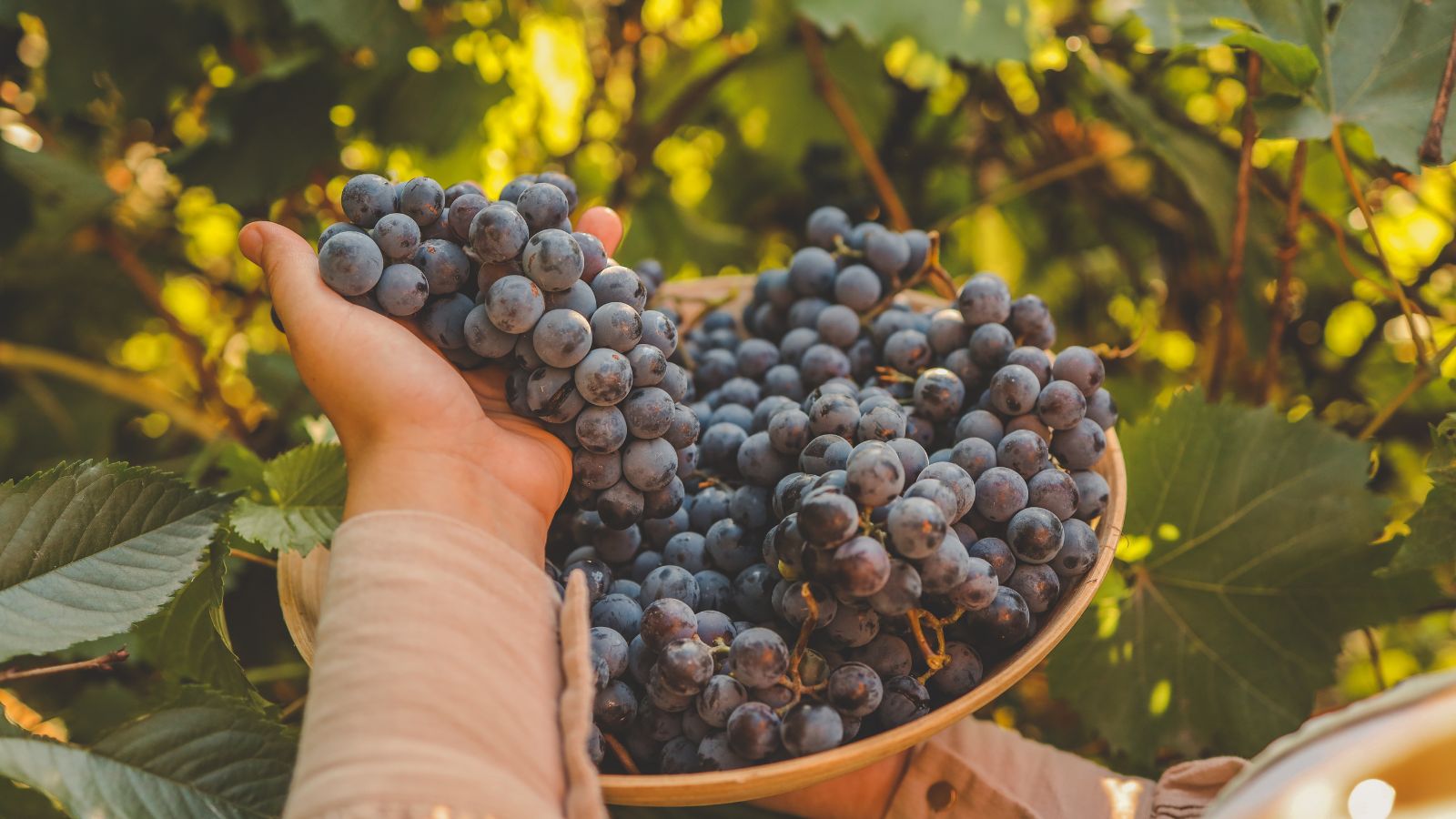
Grapes were mainly grown to produce wine in the Bible, and they were also eaten fresh or dried as raisins. In fact, 1 Chronicles 16:3 shows that people from the Bible had raisin cake recipes! Grapes were also one of the seven fruits that Moses’ messengers reported to have seen in the land of Israel. Today, grapes are a yummy picnic food on a summer’s day, and of course, our love for wine has not diminished!
Pomegranates
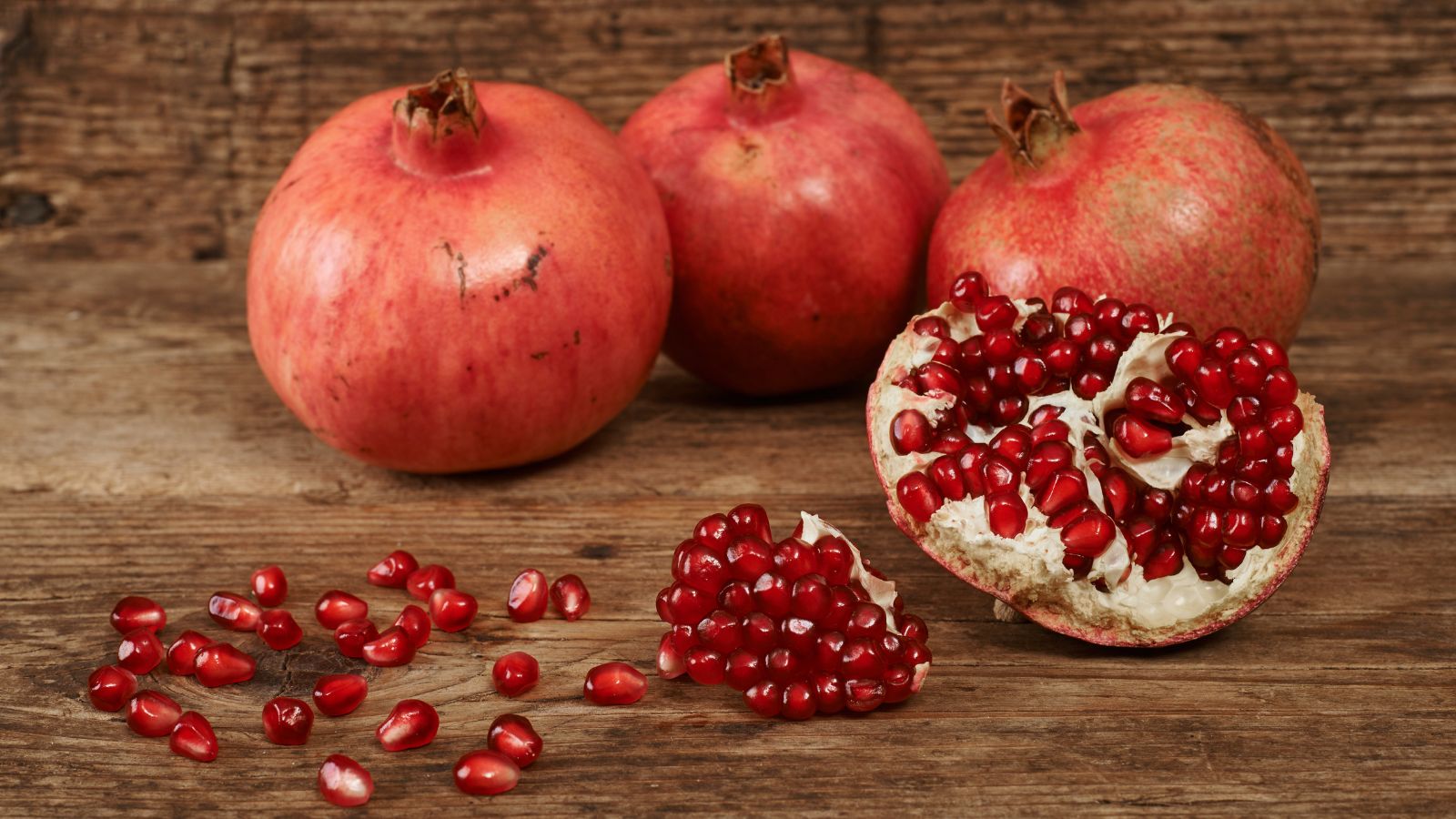
Pomegranates are frequently mentioned in the Bible. In addition to being used as food, they also served as a symbol of righteousness in Judaism, given that the 613 seeds in them correspond with the 613 laws in the Torah. In Exodus 28:33–34, God also instructs the people to incorporate pomegranate designs when making clothes for the priests.
Lentils
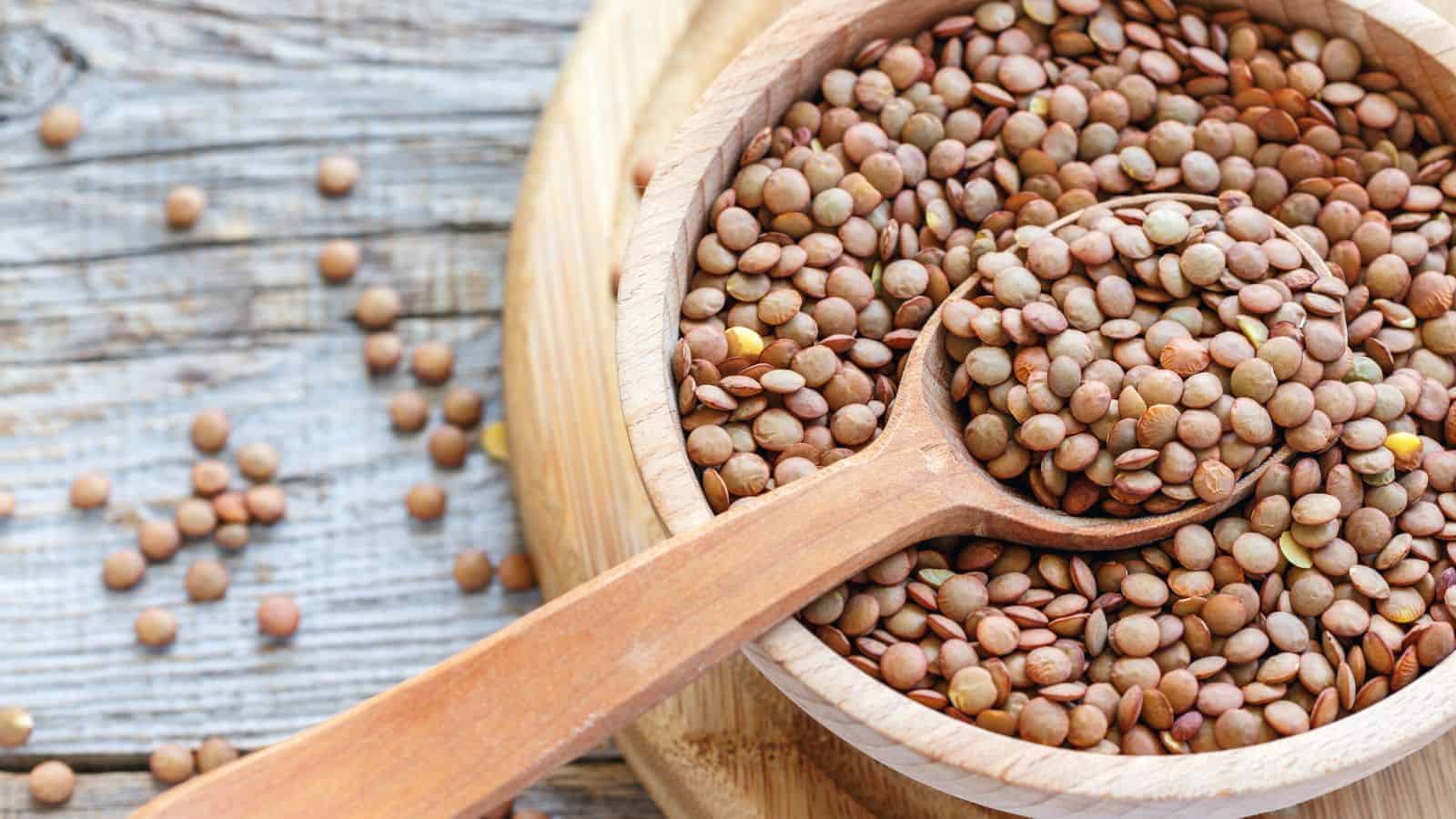
Lentils are a key source of protein, and in the Bible, we mostly see them used in stews. The story of Jacob and Esau in Bible.com’s Genesis 25:29–34 shows how Esau even traded his birthright for a dish of lentil pottage. These vegetables have become a favorite substitute for meat in various modern dishes.
Fish
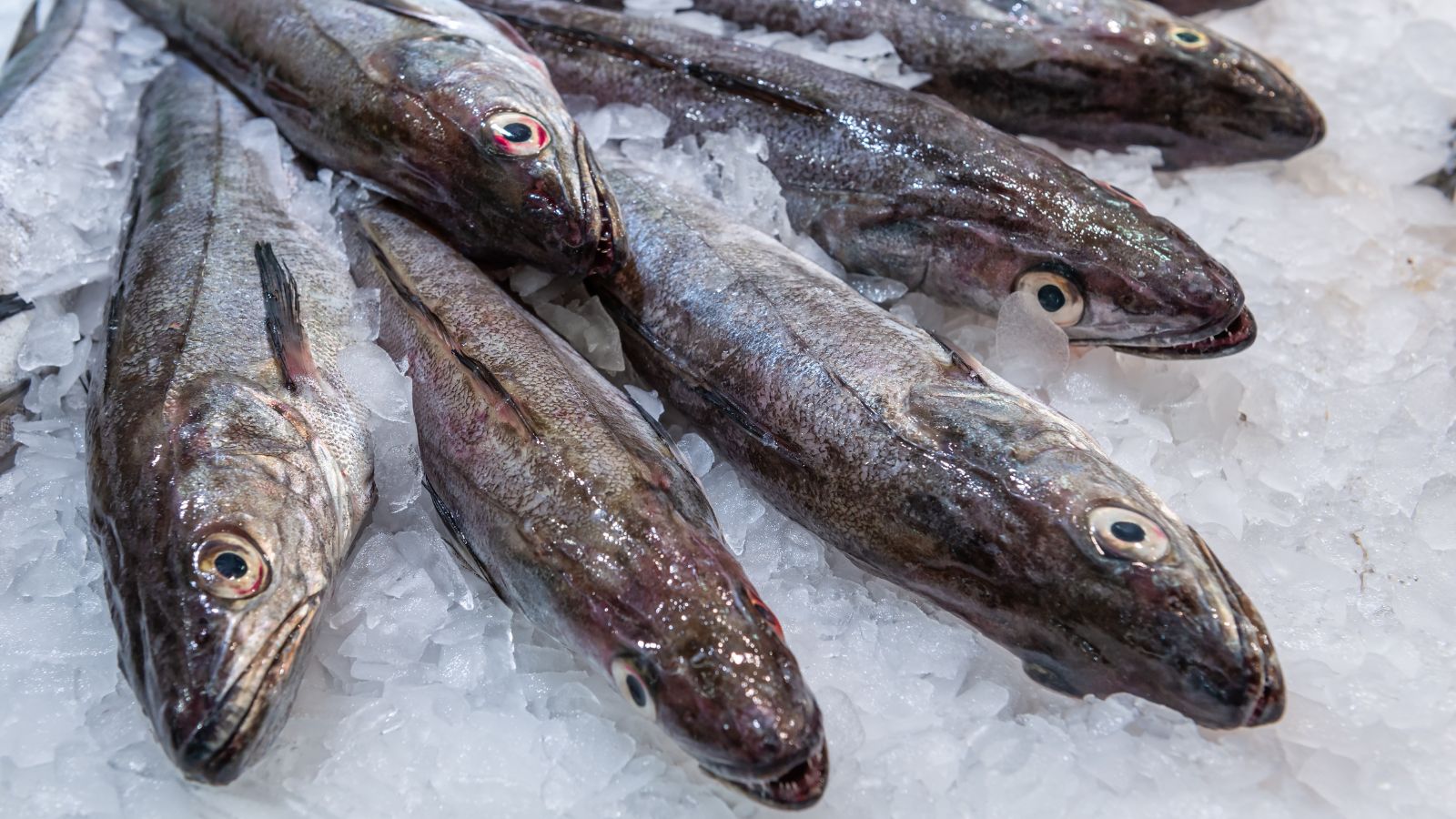
Of course, like bread, people from Biblical times ate fish as an important staple in their diet. This is clearly evidenced by Jesus’ miracle of multiplying fish along the Sea of Galilee. Many people believe the fish in this miracle to be tilapia, which we still eat today as a source of healthy protein and omega-3 fatty acids.
Honey
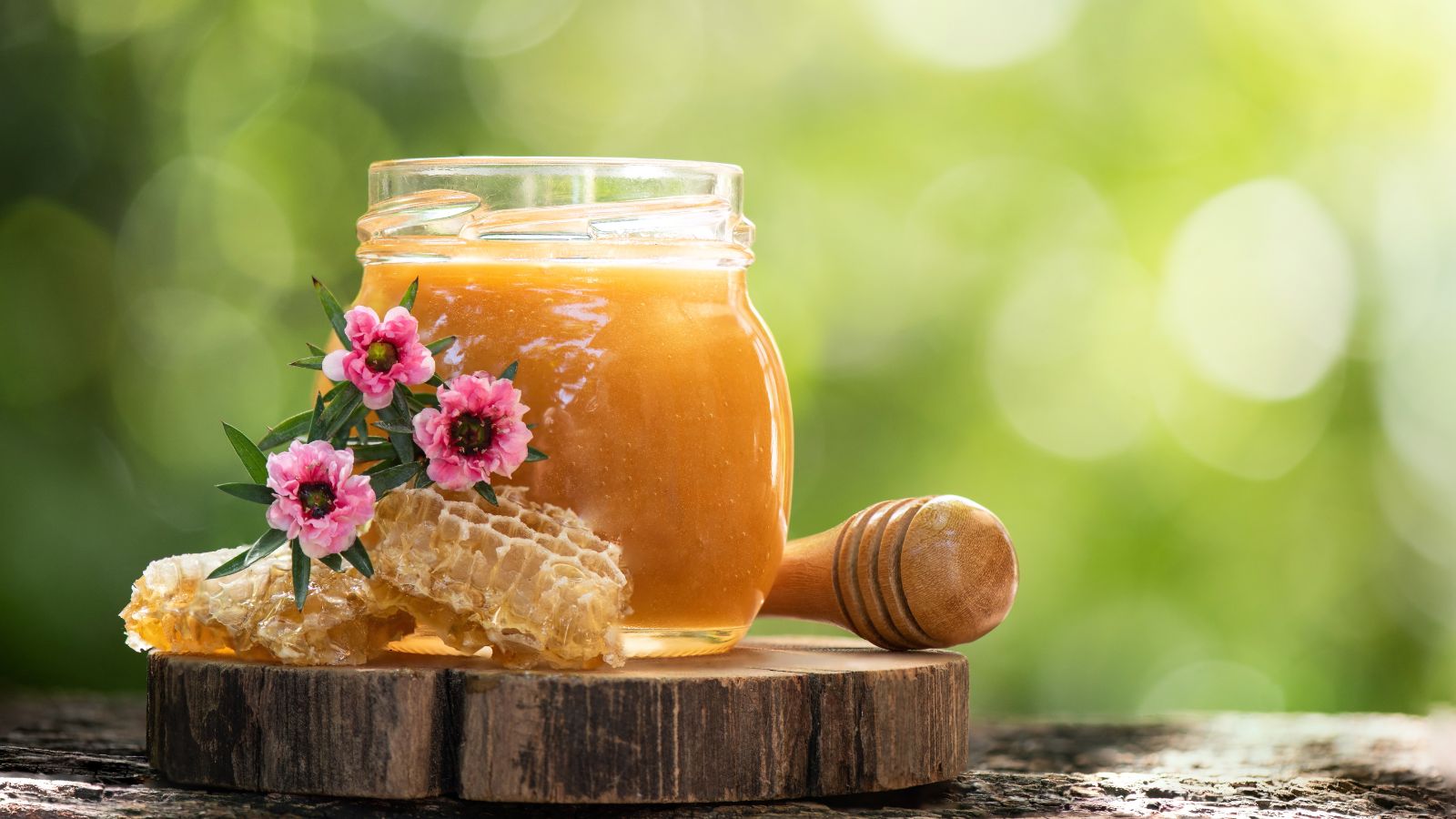
Proverbs 24:13, which reads, “Eat honey, my son, for it is good; honey from the comb is sweet to your taste,” recognizes the health benefits of honey and shows it was a primary sweetener before the creation of refined sugar. The mention of ‘comb’ also highlights that the honey mostly referenced in the Bible comes from bees, like most of our honey these days!
Barley

Barley is high in fiber and minerals and was one of the first domesticated grains in the Near East, dating back to 9,000 BC. It was a major ingredient in bread, eaten a lot by the poor, and served as food for horses during Biblical times.
Milk

Milk is another staple in Biblical diets, and it’s referenced repeatedly as a symbol of prosperity and abundance. We also see it figuratively used in 1 Corinthians 3:2, where Paul says that he fed his people milk (symbolizing basic knowledge) instead of solid food because that’s what they could receive as early Christians.
Garlic

The Bible Gateway tells us that garlic is mentioned only once in the Bible, in Numbers 11:5, where fish, melons, leeks, and onions are also mentioned. It was mostly used to feed slaves in Egypt alongside other allium vegetables, as these were believed to give them extra strength.
Salt
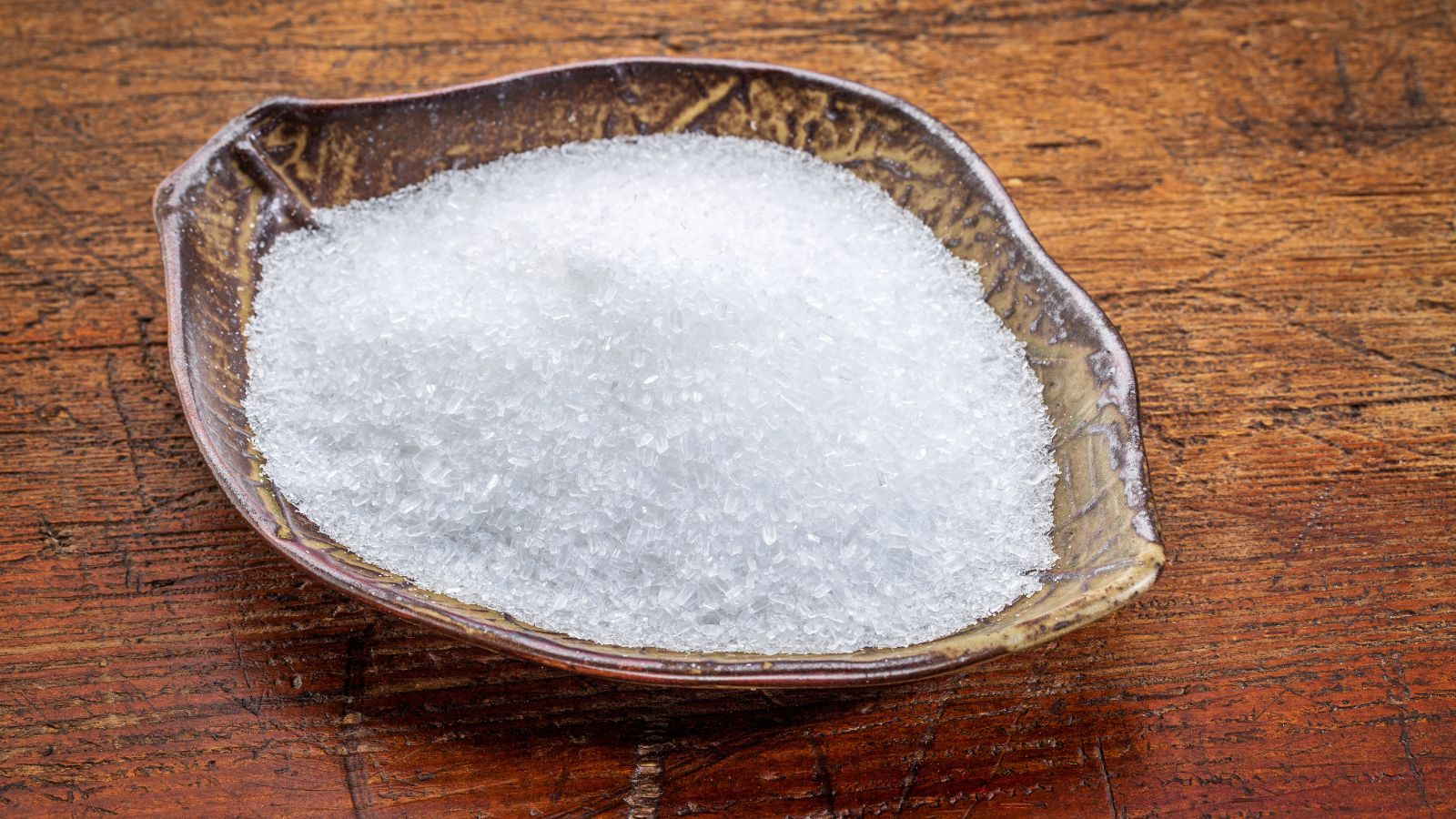
We’re all familiar with the story of Lot, whose wife was turned into a pillar of salt for disobeying the angels’ command not to look back while they were fleeing. Salt has been a major seasoning in foods and a primary preservative since before the invention of refrigeration.
Cucumbers
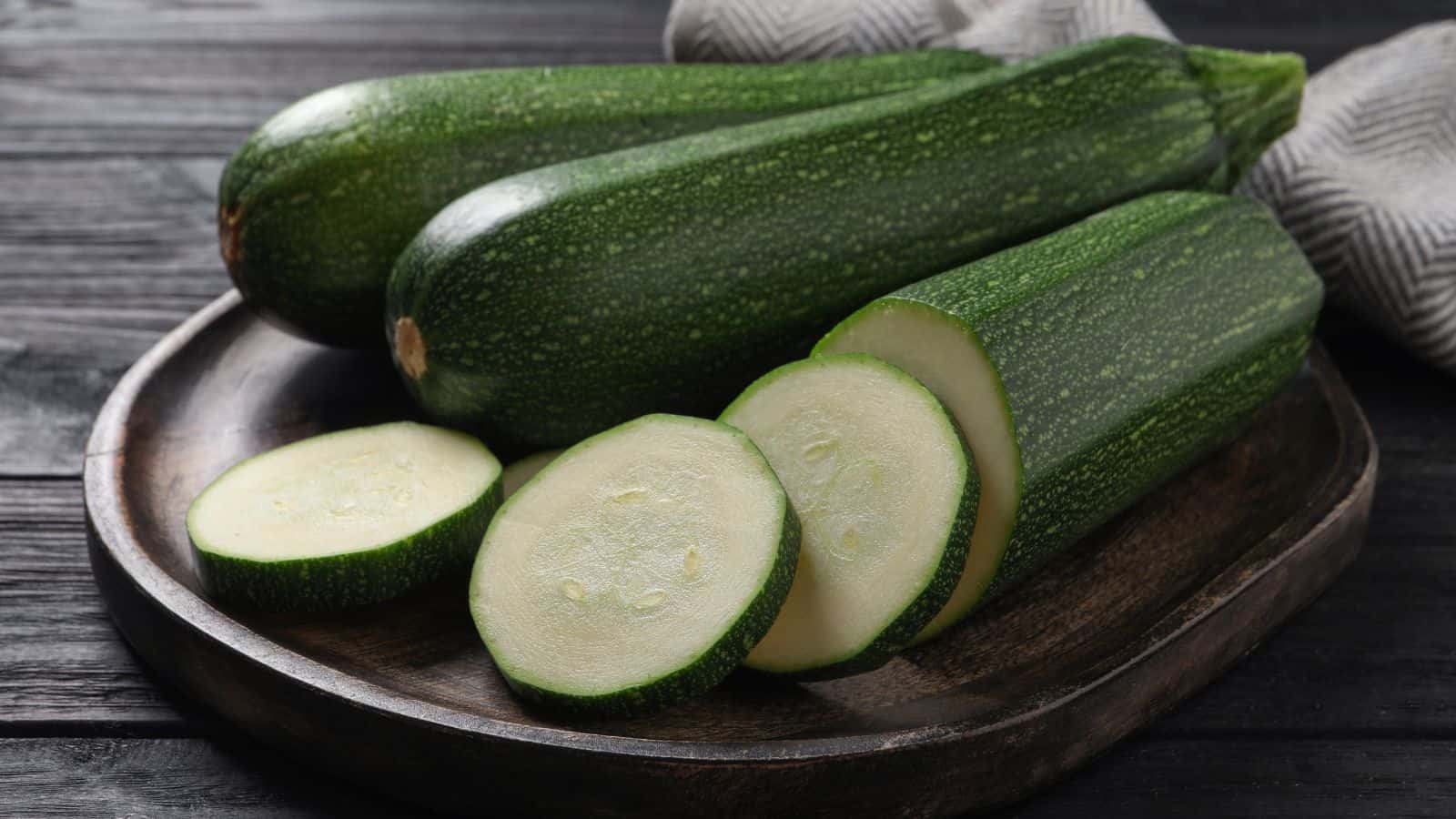
Cucumbers are also mentioned alongside garlic in Numbers 11:5, where the Israelites longed for them in the wilderness. This vegetable, rich in Vitamin K, Vitamin C, and antioxidants, also received an additional mention in Isaiah 1:8, which talks about fields of cucumbers.
Mustard
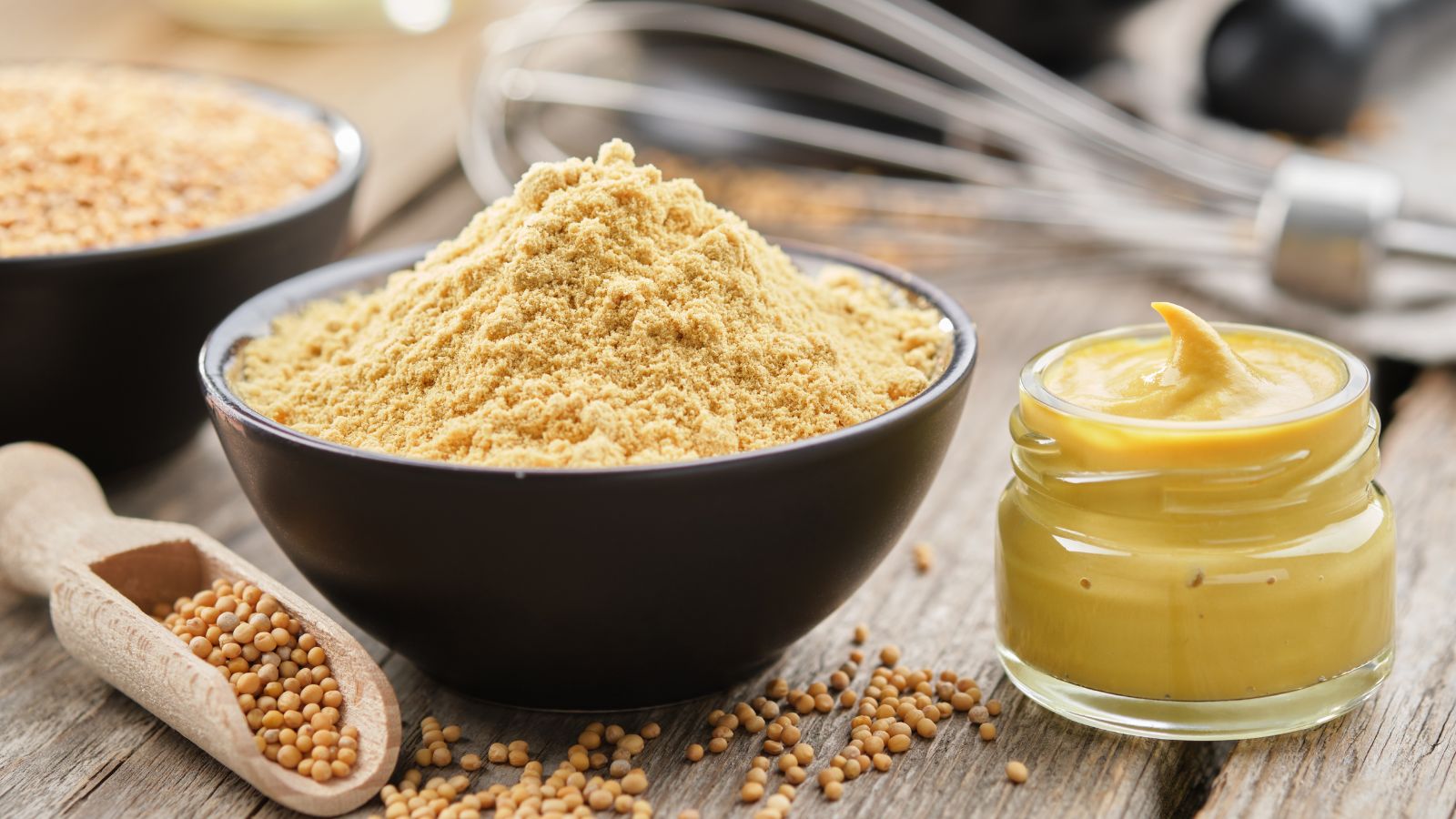
Matthew 13:31–32 narrates a popular parable about mustard seeds and how their growth shows the significance of faith, no matter how little, in inheriting God’s kingdom. Although we know it to be available in multiple forms (yellow and brown mustard), it’s generally agreed that the Bible refers to the black mustard plant.
Almonds
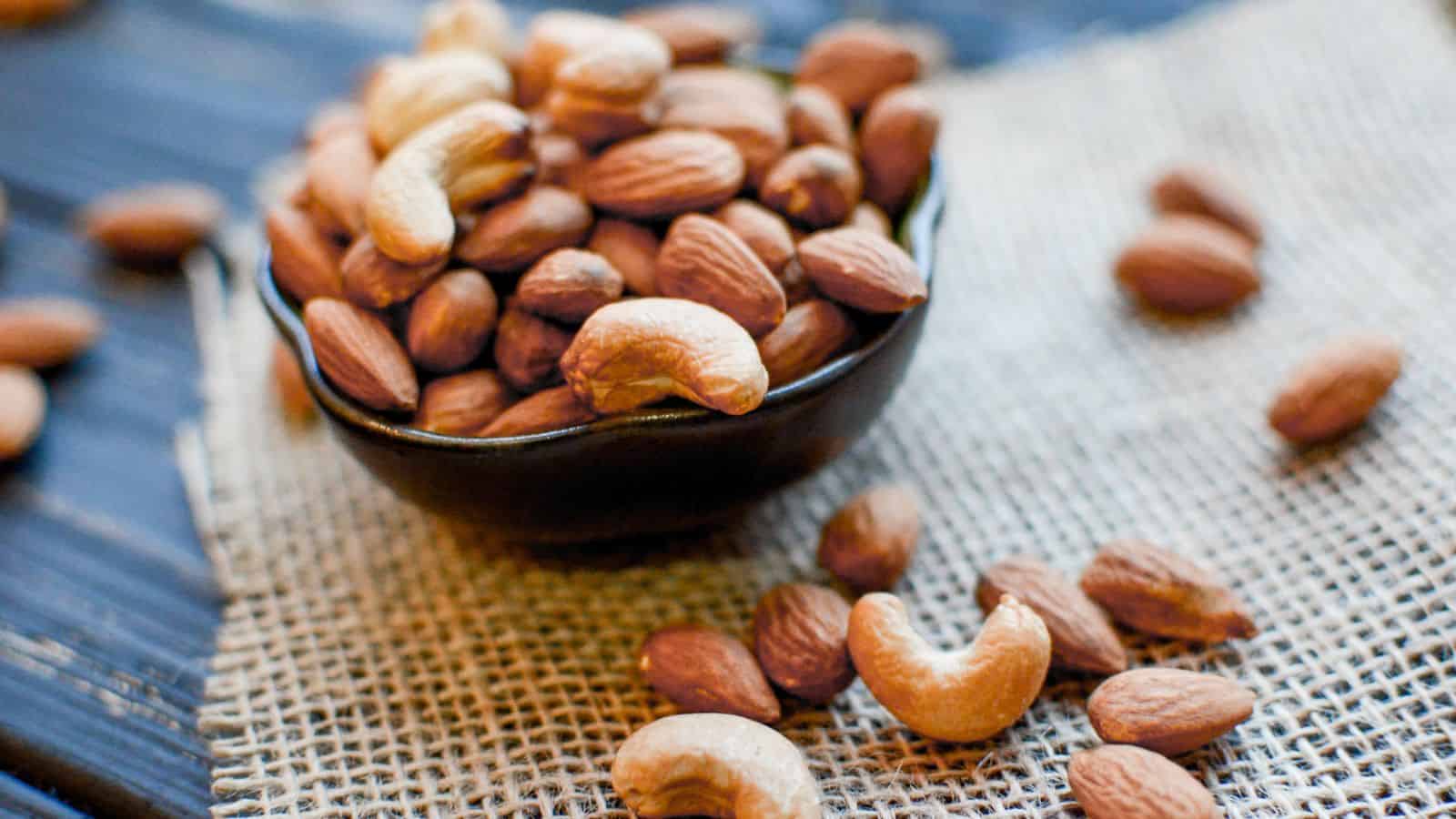
Genesis 43:11 mentions almonds among the “best products of the land” to be given as gifts. The University of Michigan explains that almonds represent divine favor and approval and the purity of Mary in the Christian tradition. Almonds are also only one of two nuts mentioned in the Bible, the second being pistachio nuts.
Dates

Dates were snacks that served as substitutes for sugar during Biblical times, and 2 Samuel 6:19 reveals that they were also used to make cakes! These sweet fruits from the palm tree also symbolize victory after a period of great difficulty, and their branches were used to welcome Jesus into Jerusalem.
Eggs

Eggs are an excellent source of protein, and people from Biblical times knew this all too well. Luke 11:12 shows how God threatens punishment by replacing the goodness of eggs with scorpions, and Isaiah 10:14 tells us how God gathered all the earth-like eggs that had been forsaken.
Up Next: 17 Phrases Older People Use That No One Else Gets

Each and every generation has its own phrases and sayings that separate it from the rest, and the boomers certainly have plenty. Discover 17 popular boomer phrases that aren’t often used today and what they mean. Maybe you’ll want to bring some of them back!
17 Phrases Older People Use That No One Else Gets
People Who Don’t Show Empathy Usually Have These 18 Traits

The world would be a better place if everyone had a little more empathy. But sadly, in reality, some people show much less empathy than we’d like. Here are 18 traits of people who don’t show empathy.
People Who Don’t Show Empathy Usually Have These 18 Traits
The 17 Unhappiest States in America

The US has hit an all-time low position in the World Happiness Index, tumbling to 23rd in 2024. However, it’s important to remember that location is an important factor; many US states are very happy, unlike the following 17 US states that appear to be the most unhappy.

